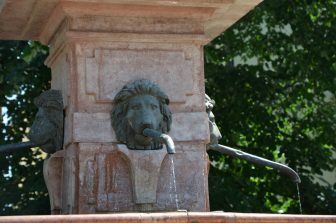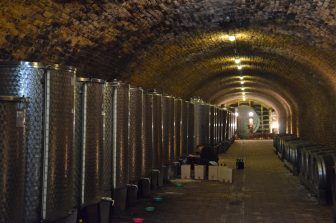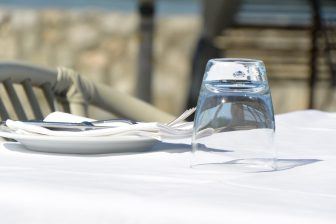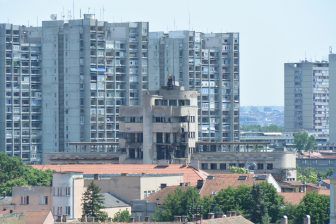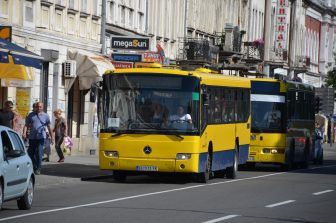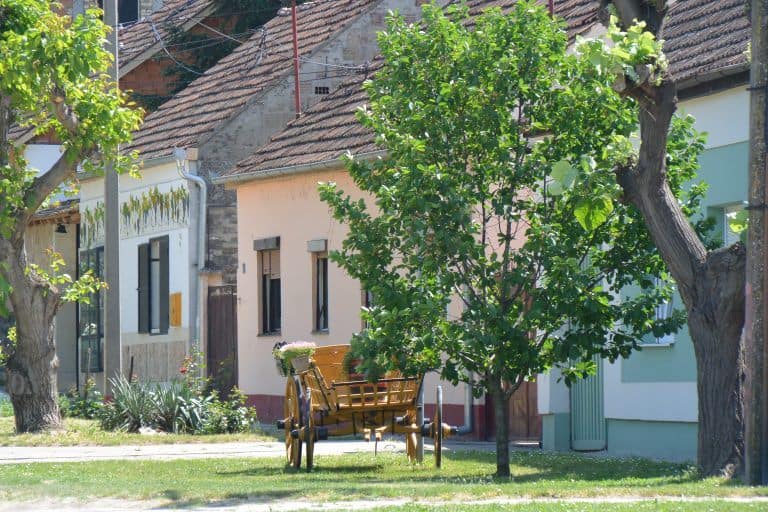
[ May 2018 ] We arranged a private tour from Belgrade to Novi Sad, the second biggest city in Serbia.
The walking tour company we joined the day before also ran tours to some places outside of Belgrade, so we emailed them.
I thought it was a too short notice, but they replied to our email and confirmed the tour.
When we went downstairs at 11 am, our meeting time, a young woman called Sara was waiting for us.
She was our guide and the driver.
She said “Sorry but my car is at the garage so I have use my father’s car”, which was a rather old Ford Focus.
We headed north.
Our 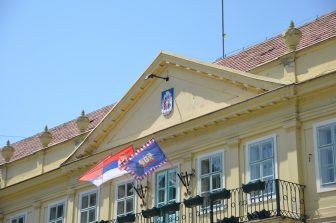
On the way, the view was very flat.
This northern part of Serbia is called Vojvodina.
Sara told us “People in this region are also flat and calm”.
It looked green all around so I asked if agriculture is the main industry here and that led to the topic of the modern history of the country.
Because of the collapse of Yugoslavia, Serbian industry collapsed as well.
Until then, it was one country, so for example to produce one car, they simply collected the materials and the parts from other ‘regions’, but that was not easy after Yugoslavia became several different countries.
Especially Serbia had a hard time because of the international economic sanctions.
According to Sara, Croatia and Slovenia received some help from the EU since early stage, so they recovered quickly.
I heard the very similar story about the collapse of the industry in Armenia in the past.
In their case the problem was the collapse of the Soviet Union.
And we will probably have a similar story in the UK after the Brexit.
Now we arrived in Sremski Karlovci.
It is a small historic town.
On the main road, there is the Patriarch’s Palace, an Orthodox Cathedral and a Catholic church.
The marble fountain with lions is the symbol of the town.
Sara told us that because they had never had a battle, the old buildings as well as the old customs survive here.
We visited a shop called Keramika Ras which made and sold ceramic dolls.
These
There were some ceramic houses, too.
The man in the shop and his father were making these.
He said “My father likes paler coloured faces, but I prefer brown suntanned faces”.
They all looked pretty, so we bought dolls of a man and a woman.
In this region, they also make wines and there are some wineries which are open to the public and let people try their wines.
We went to one of them called Bajilo.
The four generations of a family have been running this winery which uses a tunnel for keeping their wines.
Inside the tunnel, the temperature is apparently always 11 degrees centigrade.
At the end of the tunnel, the old bottles of their very first wines were kept.
Here we tried Bermet, the unique dessert wine of this region.
It was very nice and sweet.
Apparently this wine was served on the Titanic.
We wanted some bottles away with us, but because we cannot take liquid in our hand luggage, we had to give up unfortunately.

